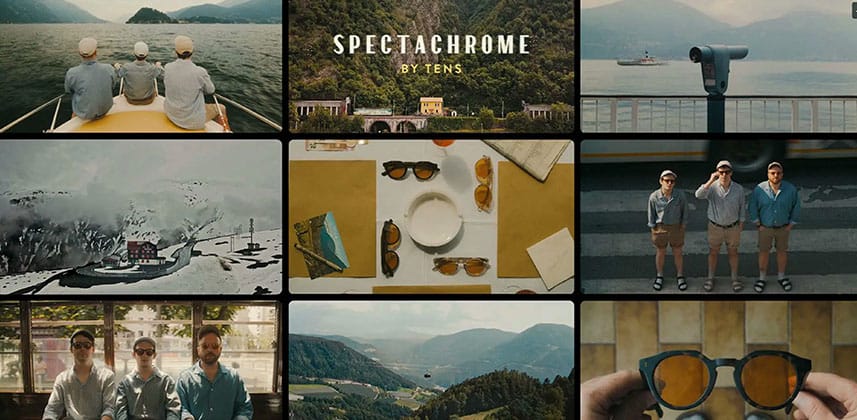| Series |
|---|
I had some great questions in the comments section on my previous Insight in this Series about working with the Fuji XT-3 camera. But it has taken me some time to restart this series, as I was learning/working Baselight and grading the amazing ‘Star Wars: Origins’ fan film. It was a huge project and I left a longer break than intended. For the next little while, my plan is to alternate between this project and my Baselight series on ‘Origins’, to keep both series moving forward. Onward to the Fuji XT-3!
Day 9: 24 Insights In 24 Days – 2020 New Year Marathon!
Part 2: Answering Your Top Question – How Is The XT-3?
After working with so many camera formats I’ve accidentally developed a checklist of things I do when I first see new footage. I always like to check:
- How does the log curve respond? Do we have a nice roll-off in the highlight and shadows?
- How does the saturation respond at max and min values so I can see if I need to keep an eye on certain colors?
- Are there any compression artifacts I need to be worried about?
In This Video Insight We Take A Look At:
- What Is F-Log And How Do I Work With It?
- Using F-Log Luts / Colour Space Transforms To Normalise Your Footage
- Adding Grain As A Matte In Resolve
- How I Like To Set Up My ACES pipeline in a non-RCM, non-ACES Resolve project?
Questions Please!
I’m always extra excited to hear comments on these Insights, as I can make sure to cover any questions in the next part.
-Dan
Member Content
Sorry... the rest of this content is for members only. You'll need to login or Join Now to continue (we hope you do!).
Need more information about our memberships? Click to learn more.
Membership optionsMember Login


